| Title | Laboratory Investigations of Air-Sea Gas Transfer under a Wide Range of Water Surface Conditions |
| Publication Type | PhD Thesis |
| Year of Publication | 2013 |
| Authors | Krall, KE |
| Degree | Dissertation |
| University | Institut für Umweltphysik, Fakultät für Physik und Astronomie, Univ.\ Heidelberg |
| Abstract | Transfer velocities of 5 sparingly soluble gases were measured in two different wind wave tanks at wind speeds between u10=1.2 m/s and 67 m/s. Two different gas analysis techniques were used, FT-IR and UV spectroscopy. Additionally, a method was developed that allows the parallel measurement of gas transfer velocity and the solubility. The fast 'controlled leakage' method for the measurement of gas transfer velocities was found to be not precise enough to measure Schmidt number exponents and transfer velocities in the Aeolotron. Gas transfer velocities measured spanned more than 3 orders of magnitude, lying between 0.5 cm/h and 1100 cm/h. At lower wind speeds, measured in the Heidelberg Aeolotron, the change of the Schmidt number exponent from 2/3 for a smooth to 1/2 for a wavy water surface was confirmed. A surfactant, which inhibits wave growth, was used in 3 of the 7 experiments. For all surfactant conditions, the change of the Schmidt number exponent spanned a wide range of wind speeds with the mid-point at u10=4.5 m/s for a clean, and at 9 m/s for a surface film covered water surface. It was confirmed that the mean square slope is suitable for the description of the transition of the Schmidt number exponent. The facet model could not reproduce the measured transfer velocities. The transfer velocities measured were found to scale very poorly with the commonly used parameter wind speed u10. The correlation between the mean square slope of the water surface and the transfer velocities was found to be good, except at the lowest mean square slopes. In the Kyoto high speed wind-wave tank, the effect of strong wave breaking and bubble entrainment on the gas transfer velocity was studied. Gas transfer velocities were split up into a purely wave induced part and a part caused by bubbles and wave breaking. The measured gas transfer velocities were found to be up to 350% larger than expected from waves alone at the highest wind speed. Three empirical parameterizations were tested on the bubble induced part, two successfully. |
| URL | http://www.ub.uni-heidelberg.de/archiv/14392 |
| Citation Key | krall2013 |


